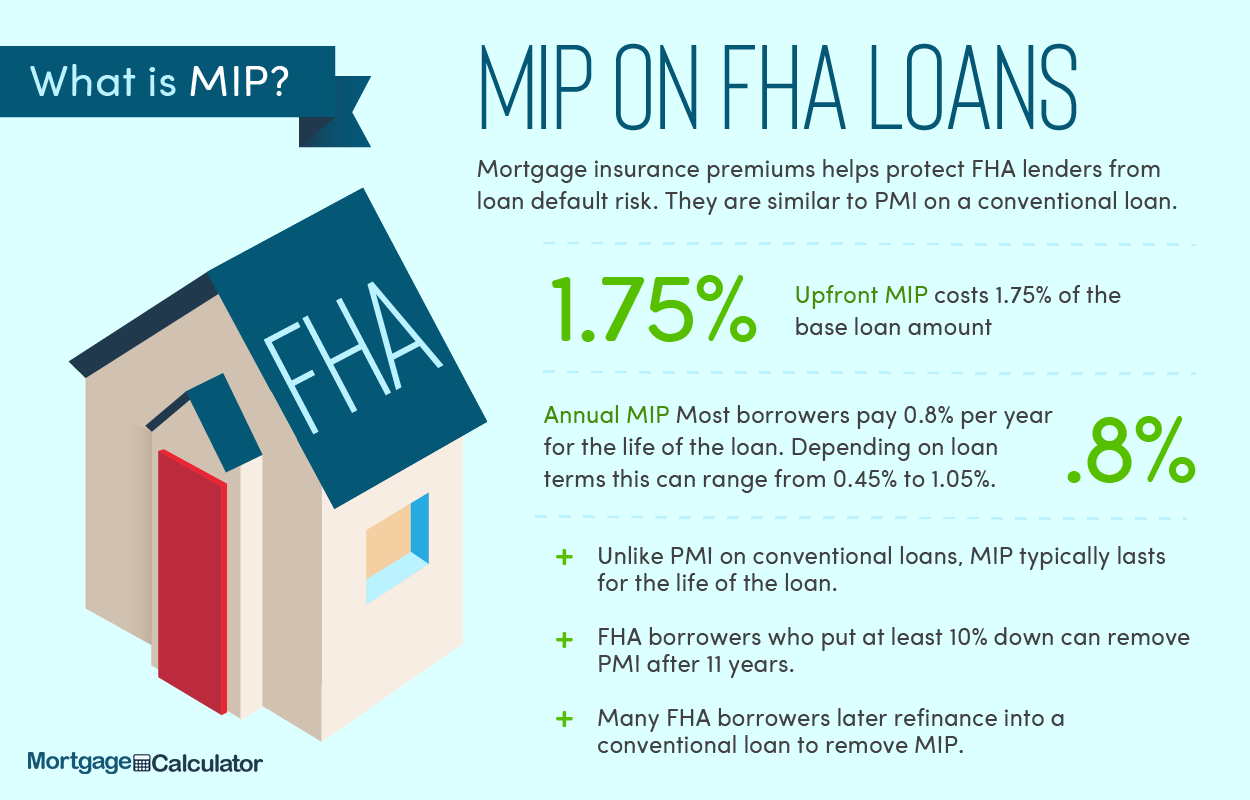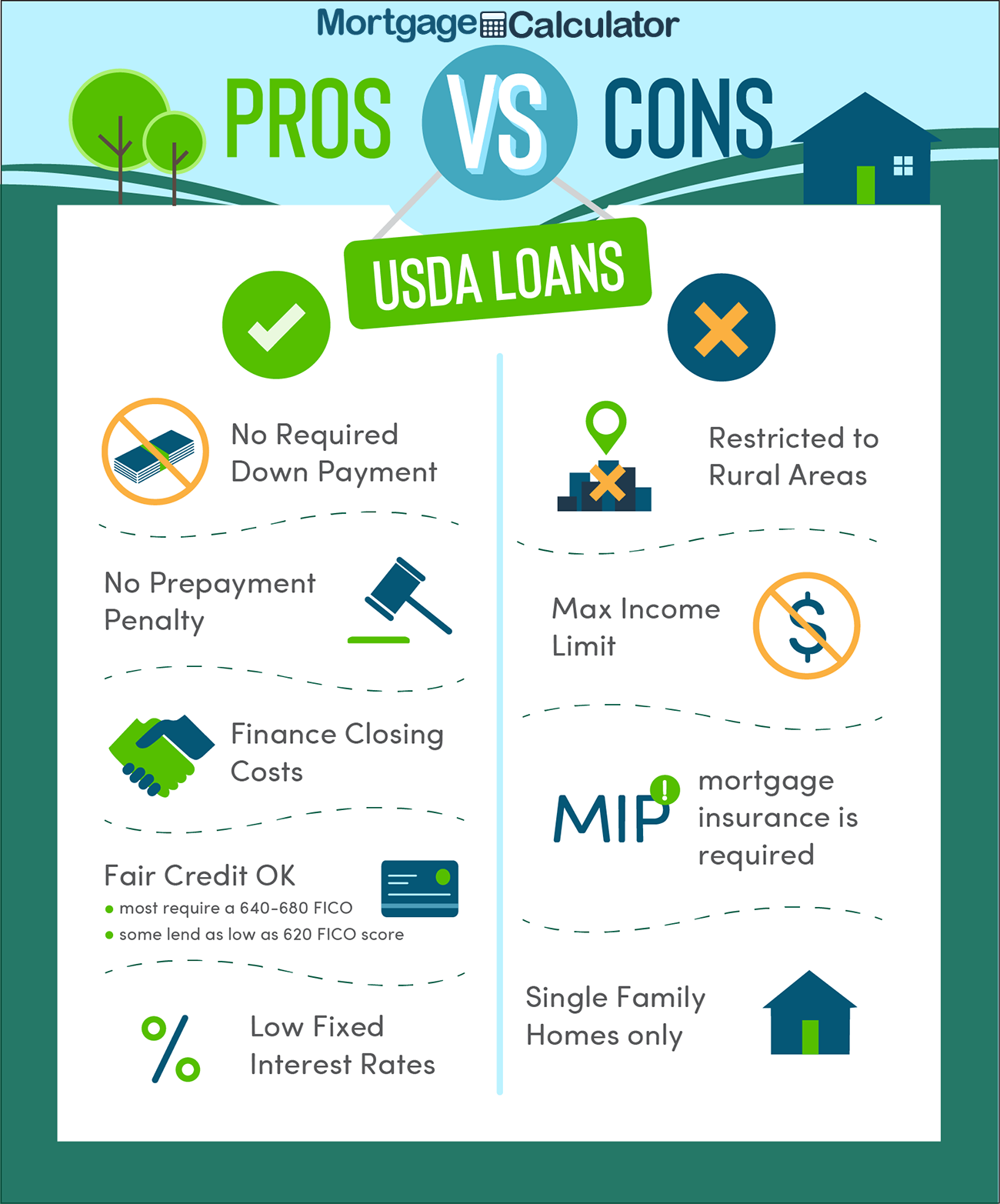The Financial Crisis Questions Commission found that in 2008, GSE loans had a delinquency rate of 6. 2 percent, due to their standard underwriting and certification requirements, compared to 28. 3 percent for non-GSE or personal label loans, which do not have these requirements. Moreover, it is not likely that the GSEs' enduring budget-friendly housing objectives motivated loan providers to increase subprime loaning.
The objectives came from the Housing and Community Advancement Act of 1992, which passed with frustrating bipartisan support. Despite the fairly broad mandate of the budget-friendly housing goals, there is little proof that directing credit toward borrowers from underserved neighborhoods triggered the housing crisis. The program did not considerably alter broad patterns of home mortgage lending in underserviced communities, and it operated quite well for more than a years before the personal market started to greatly market riskier home mortgage items.
As Wall Street's share of the securitization market grew in the mid-2000s, Fannie Mae and Freddie Mac's earnings dropped substantially. Figured out to keep shareholders from panicking, they filled their Discover more here own financial investment portfolios with dangerous mortgage-backed securities bought from Wall Street, which produced greater returns for their shareholders. In the years preceding the crisis, they likewise started to reduce credit quality requirements for the loans they bought and bluegreen timeshare review guaranteed, as they attempted to complete for market share with other private market individuals.
These loans were typically come from with big down payments however with little documentation. While these Alt-A home loans represented a small share of GSE-backed mortgagesabout 12 percentthey was accountable for in between 40 percent and 50 percent of GSE credit losses during 2008 and 2009. These errors integrated to drive the GSEs to near personal bankruptcy and landed them in conservatorship, where they stay todaynearly a decade later.
And, as explained above, overall, GSE backed loans carried out better than non-GSE loans during the crisis. The Community Reinvestment Act, or CRA, is developed to address the long history of discriminatory loaning and encourage banks to help satisfy the requirements of all debtors in all sectors of their communities, especially low- and moderate-income populations.
Things about What Metal Is Used To Pay Off Mortgages During A Reset

The central idea of the CRA is to incentivize and support feasible personal financing to underserved communities in order to promote homeownership and other community financial investments - what do i do to check in on reverse mortgages. The law has been changed a number of times since its preliminary passage and has ended up being a foundation of federal neighborhood advancement policy. The CRA has actually assisted in more than $1.
Conservative critics have actually argued that the need to meet CRA requirements pressed lending institutions to loosen their lending standards leading up to the real estate crisis, efficiently incentivizing the extension of credit to unjust borrowers and fueling an unsustainable real estate bubble. Yet, the proof does not support this story. From 2004 to 2007, banks covered by the CRA came from less than 36 percent of all subprime mortgages, as nonbank loan providers were doing most subprime loaning.
In overall, the Financial Crisis Query Commission determined that simply 6 percent of high-cost loans, a proxy for subprime loans to low-income debtors, had any connection with the CRA at all, far listed below a limit that would suggest substantial causation in the real estate crisis. This is due to the fact that non-CRA, nonbank lenders were frequently the offenders in a few of the most hazardous subprime financing in the lead-up to the crisis.
This remains in keeping with the act's fairly restricted scope and its core function of promoting access to credit for qualifying, generally underserved customers. Gutting or removing the CRA for its supposed role in the crisis would not just pursue the incorrect target but also set back efforts to decrease prejudiced mortgage loaning.

Federal housing policy promoting cost, liquidity, and gain access to is not some ill-advised experiment but rather a response to market failures that shattered the real estate market in the 1930s, and it has sustained high rates of homeownership since. With federal assistance, far higher numbers of Americans have actually taken pleasure in the benefits of homeownership than did under the free market environment prior to the Great Anxiety.
How To Compare Mortgages Excel With Pmi And Taxes Fundamentals Explained
Rather than focusing on the threat of federal government support for home mortgage markets, policymakers would be better served analyzing what the majority of experts have actually identified were causes of the crisispredatory lending and poor policy of the financial sector. Putting the blame on housing policy does not talk to the realities and risks reversing the clock to a time when most Americans might not even imagine owning a home.
Sarah Edelman is the Director of Real Estate Policy at the Center. The authors would like to thank Julia Gordon and Barry Zigas for their valuable comments. Any errors in this quick are the sole responsibility of the authors.
by Yuliya Demyanyk and Kent Cherny in Federal Reserve Bank of Cleveland Economic Trends, August 2009 As increasing home foreclosures and delinquencies continue to weaken a monetary and economic recovery, an increasing quantity timeshare weeks 2019 of attention is being paid to another corner of the home market: business real estate. This short article talks about bank direct exposure to the industrial property market.
Gramlich in Federal Reserve Bank of Kansas City Economic Review, September 2007 Booms and busts have played a prominent function in American economic history. In the 19th century, the United States took advantage of the canal boom, the railway boom, the minerals boom, and a financial boom. The 20th century brought another monetary boom, a postwar boom, and a dot-com boom (hawaii reverse mortgages when the owner dies).
by Jan Kregel in Levy Economics Institute Working Paper, April 2008 The paper supplies a background to the forces that have actually produced the present system of domestic housing financing, the reasons for the present crisis in mortgage financing, and the impact of the crisis on the overall financial system (on average how much money do people borrow with mortgages ?). by Atif R.
Rumored Buzz on How To Rate Shop For Mortgages
The recent sharp boost in home loan defaults is substantially amplified in subprime zip codes, or zip codes with a disproportionately big share of subprime borrowers as . why is there a tax on mortgages in florida?... by Yuliya Demyanyk in Federal Reserve Bank of St. Louis Regional Financial Expert, October 2008 One may anticipate to discover a connection in between customers' FICO scores and the occurrence of default and foreclosure throughout the current crisis.
by Geetesh Bhardwaj and Rajdeep Sengupta in Federal Reserve Bank of St - what lenders give mortgages after bankruptcy. Louis Working Paper, October 2008 This paper demonstrates that the factor for widespread default of home mortgages in the subprime market was an unexpected reversal in the home rate gratitude of the early 2000's. Using loan-level data on subprime mortgages, we observe that most of subprime loans were hybrid adjustable rate mortgages, designed to enforce significant financial ...
Kocherlakota in Federal Reserve Bank of Minneapolis, April 2010 Speech prior to the Minnesota Chamber of Commerce by Souphala Chomsisengphet and Anthony Pennington-Cross in Federal Reserve Bank of St. Louis Review, January 2006 This paper describes subprime loaning in the mortgage market and how it has developed through time. Subprime lending has presented a considerable quantity of risk-based rates into the mortgage market by producing a myriad of costs and product choices mostly determined by customer credit rating (home loan and rental payments, foreclosures and bankru ...